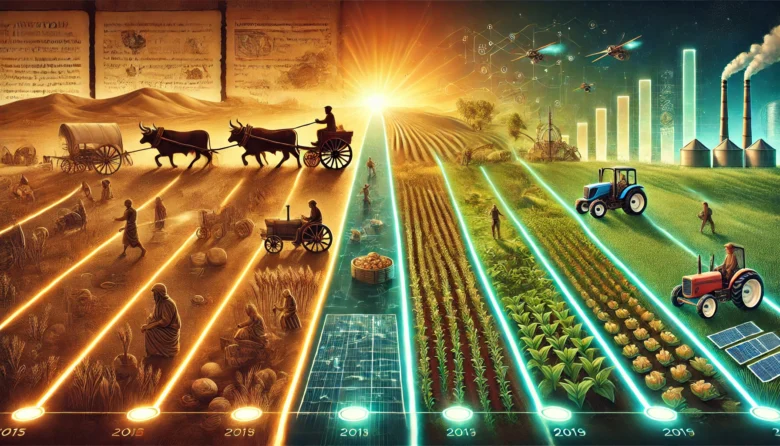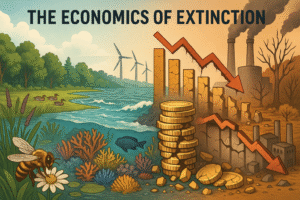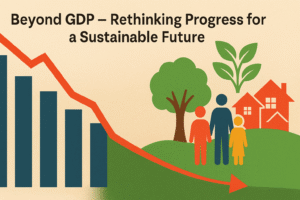Did you know that agriculture contributes to nearly 4% of the global GDP (Gross Domestic Product) but supports the livelihoods of over 60% of the world’s population?
Introduction
Agriculture has always been more than just a way to grow food; it’s been the backbone of human progress and economic transformation. From the early days of subsistence farming to the era of industrial-scale agribusiness, agriculture has played a pivotal role in shaping economies, fostering trade, and sustaining communities. This blog delves into the evolving relationship between agriculture and economic changes across history, emphasizing key lessons and their significance for building a sustainable future.
The Roots of Agricultural Economy
Ancient Civilizations and Agrarian Societies
The story of agriculture began around 10,000 years ago during the Neolithic Revolution. Early civilizations like Mesopotamia and the Indus Valley thrived because of their ability to cultivate crops like wheat, barley, and rice. The development of agriculture enabled human societies to settle, spurring population growth and the creation of trade networks.
For instance, ancient Egypt relied heavily on the Nile’s annual floods to cultivate crops, while the Silk Road connected agricultural products like spices and grains across continents. This foundational phase underscored how agriculture wasn’t just about survival but also a driver of economic and cultural exchange.
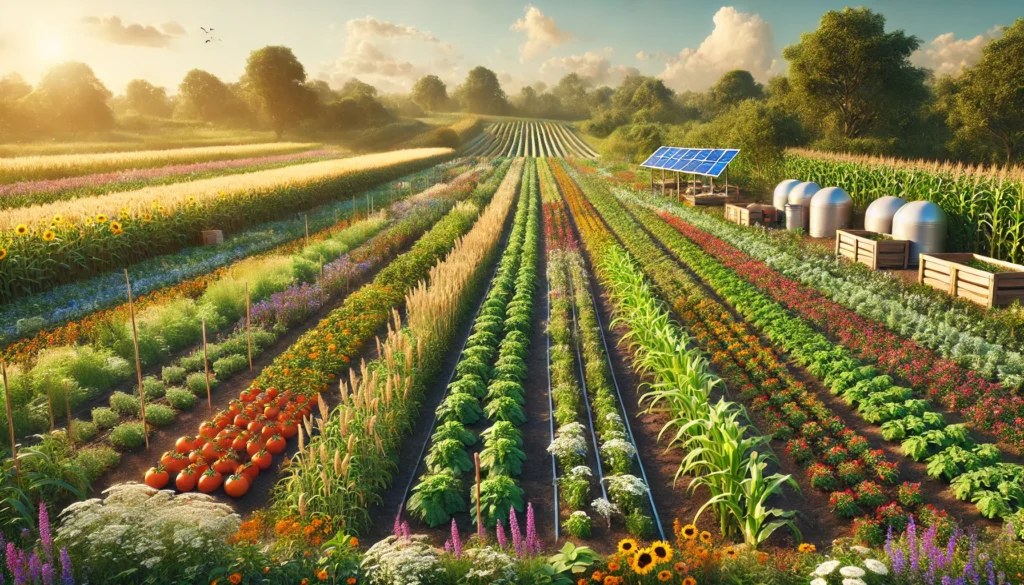
Feudalism and Land-Based Economies
During the Middle Ages, feudal economies revolved around agriculture. Land ownership determined wealth and power, as lords depended on peasants to farm their lands in exchange for protection. This era emphasized the economic significance of agricultural productivity and its influence on social hierarchies.
The Agricultural Revolution: A Turning Point
Mechanization and Crop Innovations
The 18th-century Agricultural Revolution in Europe transformed farming practices. The introduction of machinery like the seed drill, combined with crop rotation techniques, increased efficiency and yield. This surge in productivity freed up labour for industrial work, directly fueling the Industrial Revolution.
For example, in Britain, the enclosure movement consolidated small farms into larger ones, increasing efficiency but also displacing many rural workers. This shift marked a crucial economic transformation, as people moved to cities seeking work, laying the foundation for modern urban economies.
Case Study: The Green Revolution
Fast forward to the mid-20th century, the Green Revolution brought technological advancements like high-yield seeds, chemical fertilizers, and irrigation systems to countries like India and Mexico. Led by scientists like Norman Borlaug, this movement helped alleviate hunger and increased food security for millions. In India, the revolution turned the country from a food-deficient nation to a food exporter, boosting rural economies and reducing poverty.
However, the Green Revolution also highlighted challenges such as soil degradation and water scarcity, teaching us the importance of sustainable practices.
Agriculture in Modern Economies
Agribusiness and Global Trade
Today, agriculture is a multi-trillion-dollar global industry. Companies like Cargill (a multinational corporation specializing in food and agriculture) and John Deere (a leader in agricultural machinery) dominate the sector, integrating farming with global supply chains. Modern agribusiness involves advanced technologies like precision farming and AI-based analytics, making agriculture more efficient and profitable.
The Rise of Sustainable Farming
As climate change and resource depletion intensify, sustainable farming methods are becoming increasingly vital. Techniques like organic farming, regenerative agriculture, and agroforestry aim to balance productivity with environmental preservation. Initiatives like India’s PM-KISAN scheme (Pradhan Mantri Kisan Samman Nidhi) provide financial support to farmers, ensuring economic resilience in the face of challenges.
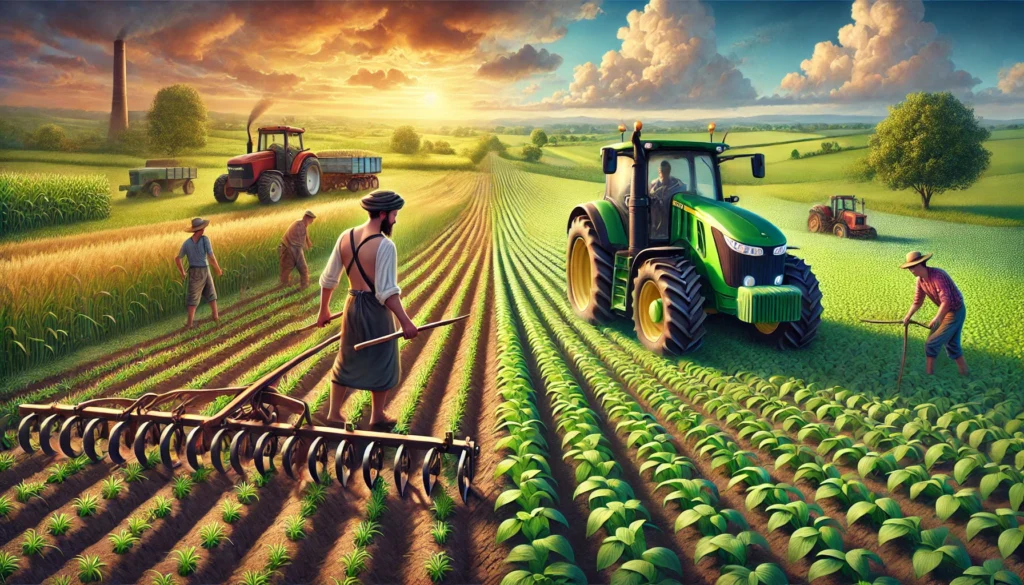
Lessons from History
Adaptability is Key: The transition from manual farming to mechanized agriculture shows the importance of innovation.
Balancing Growth and Sustainability: The Green Revolution’s benefits and drawbacks highlight the need for long-term planning.
The Role of Policy: Government policies, such as land reforms or subsidies, play a crucial role in shaping agricultural economies.
Implications for the Future
Technology Integration: Emerging technologies like drones and blockchain can revolutionize farming efficiency and transparency.
Climate-Resilient Practices: Investing in drought-resistant crops and water-saving techniques will be critical.
Inclusive Growth: Ensuring that small farmers benefit from economic advancements through education and financial inclusion is vital for equitable development.
Conclusion
From ancient civilizations to today’s globalized markets, agriculture has continuously driven economic transformations. The lessons from history remind us of the sector’s resilience and adaptability, while modern challenges demand sustainable, inclusive approaches. As we look to the future, it’s crucial to support innovations that balance productivity with environmental stewardship. After all, agriculture doesn’t just feed us; it fuels economies and nurtures our planet.
Author’s Note
Thank you for joining me on this journey through agriculture and its profound impact on economies. Let’s support sustainable farming practices and empower our farmers to build a better future for everyone.
G.C., Ecosociosphere contributor.
References and Further Reading
- The History of Agriculture – Encyclopedia Britannica
- FAO and Agriculture’s Economic Impact – Food and Agriculture Organization

